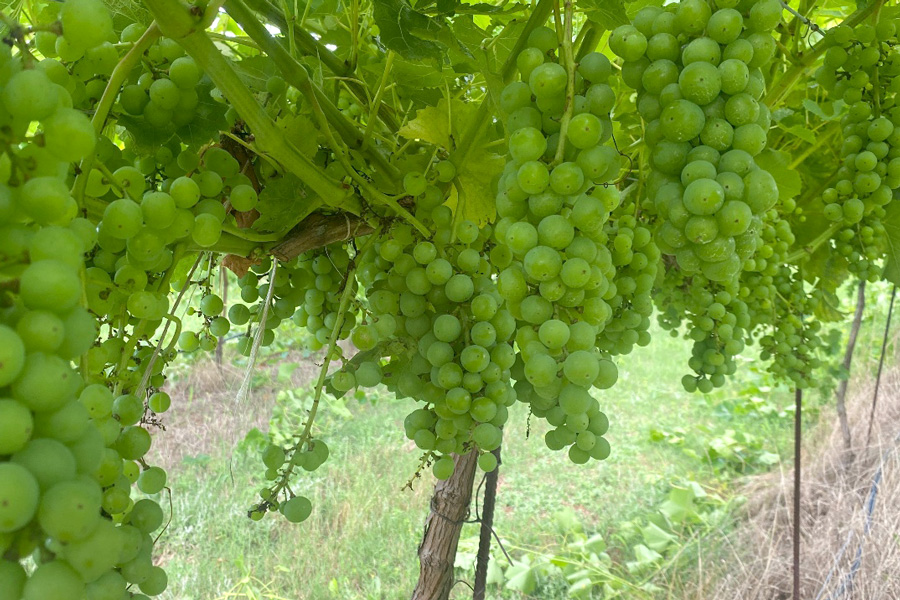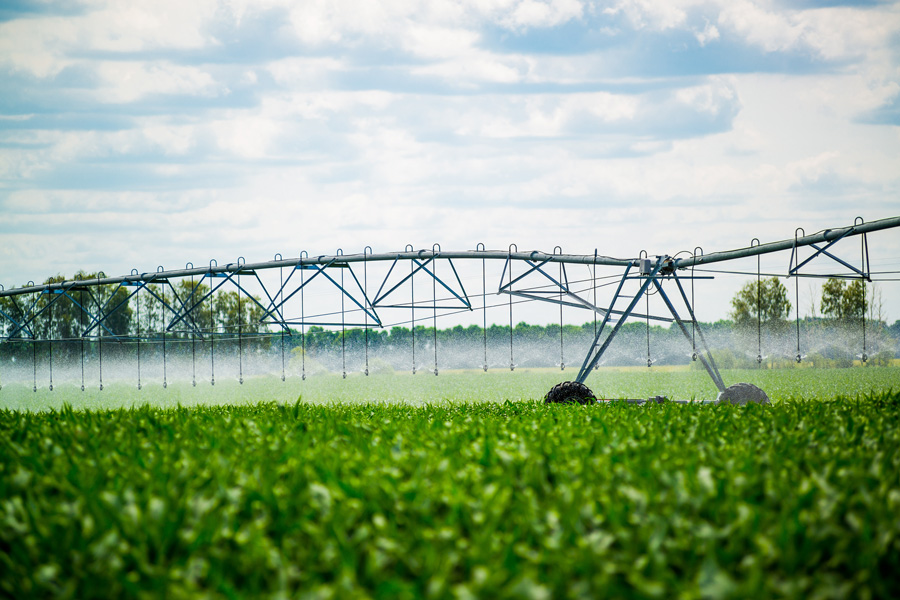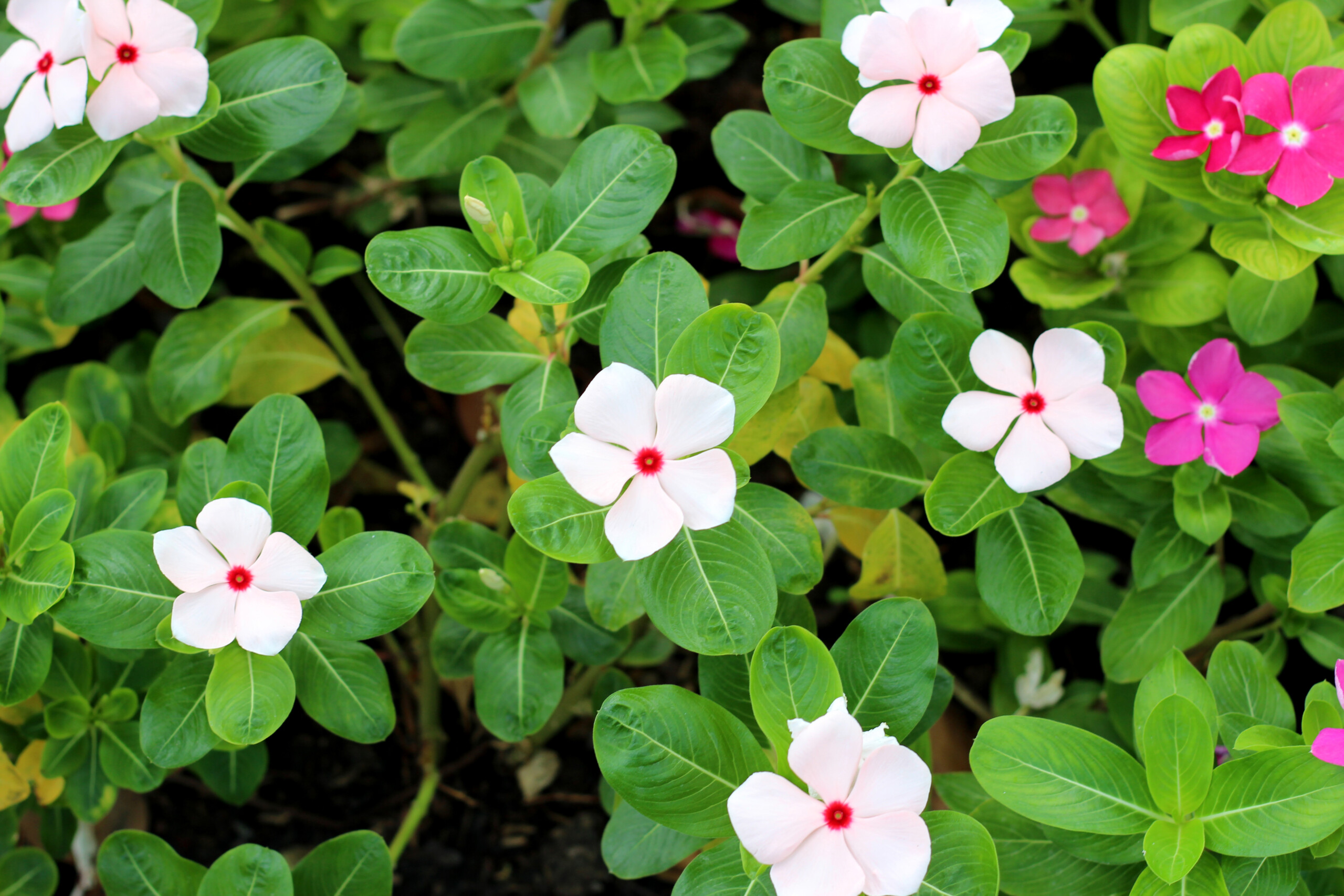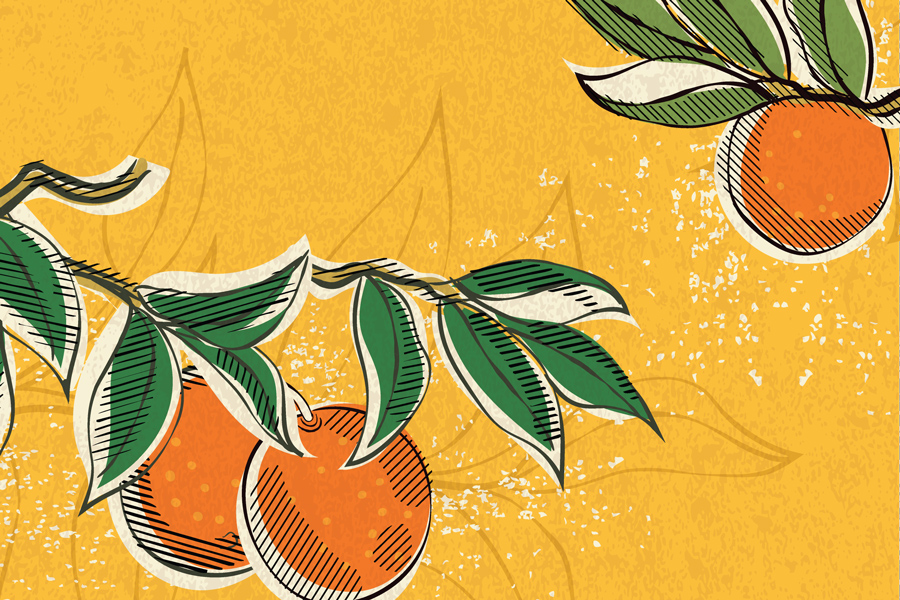General Agriculture
-

C 1274
Blanc du Bois
‘Blanc du Bois’ has made a significant contribution to wine production in southeastern regions where Pierce’s disease is prevalent. Though possessing resistance or tolerance to Pierce’s disease, Phylloxera, and powdery mildew, this cultivar is not without fault, and it does require an intensive integrated pest management (IPM) program. We cover here the major issues observed with this cultivar.
Phillip Brannen, Shane Breeden, and Walter Sanders
|
-

AP 130-1-11
Timber Situation and 2023 Outlook
1. Inflation remains a persistent
challenge.
2. Housing activity is beginning
to moderate.
3. U.S. South softwood lumber
market share is increasing
along with production
capacity. Plentiful
timber supplies and capital
expenditures are positives. Authors of this section are Tyler Reeves and Amanda Lang, Forisk Consulting; and
Joe Parsons and Yanshu Li, Harley Langdale Jr. Center for Forest Business,
Warnell School of Forestry and Natural Resources, University of GeorgiaAmanda Smith and Yanshu Li
|
-

AP 130-1-13
Georgia Agritourism, Tourism and Travel 2023
1. Visitor spending continues
to increase in Georgia’s rural
communities.
2. Total economic output for
accommodations and food
services in Georgia’s rural
counties increased 26.7% in
2021 compared to 2020.
3. Visitations to state parks
and outdoor recreation areas
in rural communities increased
24% in 2021 compared to
2020.Amanda Smith and John Salazar
|
-

B 1298
Chemigation in Georgia
Chemigation is an inclusive term referring to the application of a chemical into or through an irrigation system. It includes the application of fertilizers, acids, chlorine and pesticides. Chemigation can save time, reduce labor requirements, and conserve energy and materials. Chemigation is beneficial, however, only to the extent that the irrigation system is adequately designed, fully functional and properly managed.
Kerry Harrison, Calvin Perry, Wesley Porter, Jackson Cloud, and David Hall
|
-

This publication highlights the role of selenium in animal nutrition; selenium concentration and distribution in soils and feedstuffs (grains and forages) produced in various parts of the United States and in Georgia; disorders resulting from Selenium deficiency or toxicity; various methods of selenium supplementation; and recommendations for selenium management in Georgia. This publication is intended to serve as an educational resource for university researchers and Extension specialists, county Extension agents and livestock, forage and feed producers, among others.
Lawton Stewart and Uttam Saha
|
-

Note: This publication contains data from an average of the 2020-21 and 2021-22 orange harvest seasons (exceptions noted in the chart). The commercial citrus industry in Georgia has only recently been established, with most groves planted after 2014. As of 2022, approximately 75% of the 3,300 acres of citrus planted in Georgia are satsumas, but that proportion is trending downward. To strengthen the new Georgia citrus industry, growers recently have begun to diversify their citrus varieties. Research is being conducted to determine how these varieties will perform under Georgia weather and soil conditions: which varieties can best tolerate Georgia’s winter weather, and what are the cultural norms such as maturation time, fruit quality, and insect and disease tolerance. This publication is associated with Circular 1275, the initial publication containing reference photos for the varieties tested.
Jacob Price
|
-

Vinca is a specialty ornamental crop with very distinct requirements. This bulletin will address those requirements and cover a typical production schedule and crop budget.
Jean Williams-Woodward and Svoboda Pennisi
|
-

With growing demands for potable (suitable for drinking) water (due to population increase) and expanding irrigated acreage, there is an increased pressure on irrigated farms to consider using nonpotable alternatives. However, low quality irrigation water can adversely affect soil physical conditions and crop production.
This publication provides in-depth information on the following aspects of agricultural irrigation water quality:
-Importance of irrigation water quality
-Major attributes of irrigation water quality
-Common units used
-Salts content
-Toxicity and their sources
-Bacteria in water sourcesGary Hawkins, Stephanie Butcher, Uttam Saha, Wesley Porter, and Jason Lessl
|
-

The commercial citrus industry in Georgia has only recently been established, with most groves planted after 2014. Initially, satsuma mandarins (Citrus unshiu) on trifoliate rootstocks (Poncirus trifoliata) were planted for their cold-hardiness, seedlessness, and ease of peeling. Satsuma fruits begin to attain commercial maturity in early November and usually avoid hard freezes in southern Georgia. As of 2022, approximately 75% of the 3,300 acres of citrus planted in Georgia are satsumas, but that proportion is trending downward. To strengthen the new Georgia citrus industry, growers recently have begun to diversify their citrus varieties. Little is known about how these varieties will perform under Georgia weather and soil conditions. Therefore, research is necessary to determine what varieties can best tolerate Georgia’s winter weather and to determine cultural norms such as maturation time, fruit quality, and insect and disease tolerance. This publication is associated with Circular 1275, the initial publication containing reference photos for the varieties tested.
Jacob Price
|